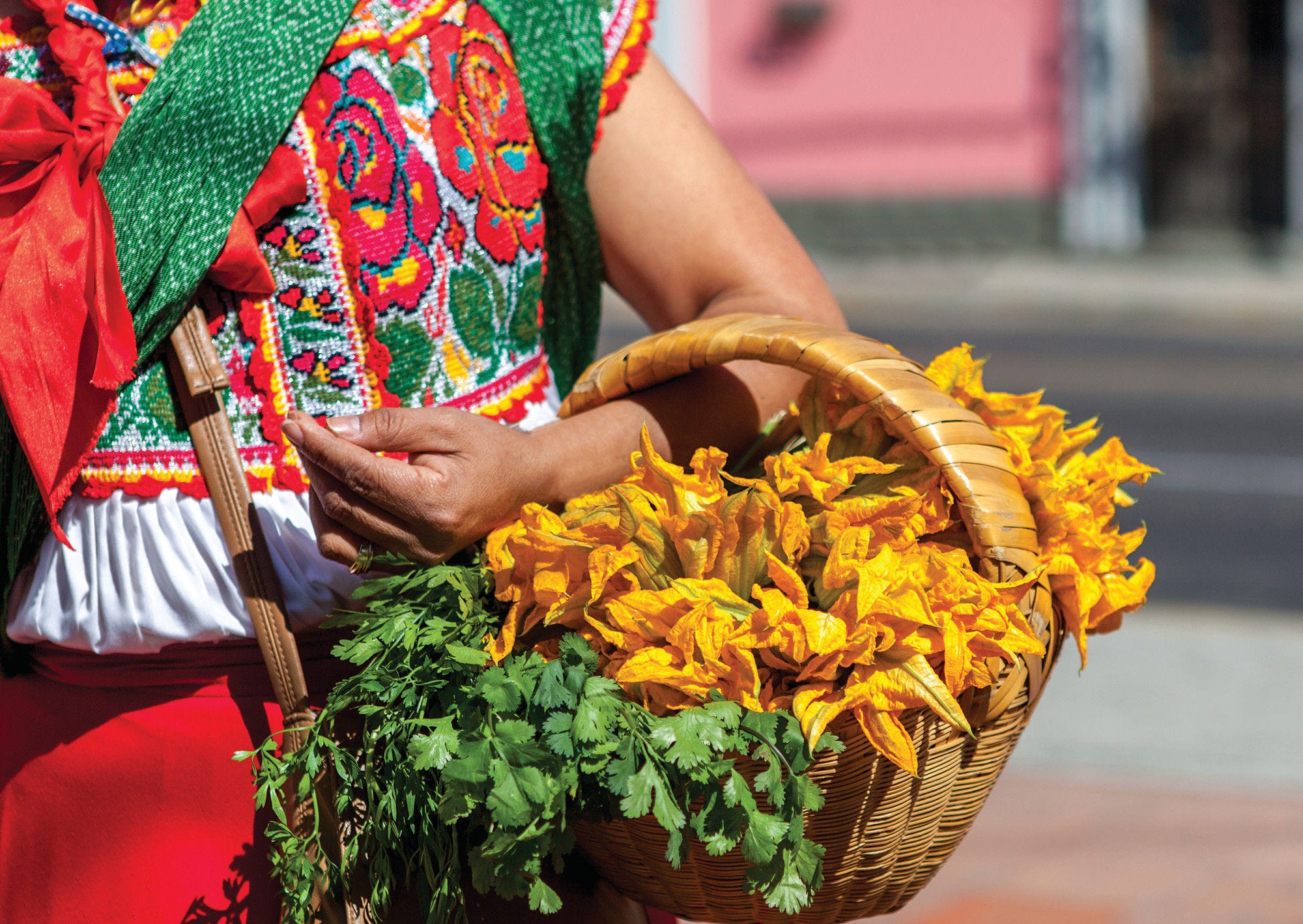While writing the first edition of Health at a Glance: Latin America and the Caribbean, very few of us could have imagined that a pandemic would have exposed the world to the worst health emergency in a century, with massive human, economic and social costs. The Latin America and the Caribbean (LAC) region was hit by the epidemic a few weeks later than Europe, with the first cases of COVID‑19 registered in Brazil by the end of February 2020. Since then, it has spread to all countries in the region, with the highest number of cases reported in Brazil, Peru, Mexico and Chile at the moment of writing.
The complete account of the human, social, and economic costs of the COVID‑19 crisis in LAC will have to wait, but we already know that its impacts are profound. The high levels of inequality and informality in the region make the situation potentially more catastrophic than in other parts of the world. Those who do not have access to social protection have no choice but to continue to work to make a living, limiting their capability to follow social distancing measures and thus protect themselves and their relatives. Those who do not have health coverage face barriers for accessing health when needed. Furthermore, nearly 8% of people are aged 65 or older, over 80% of the population are urban, and 21% of the urban population live in slums, informal settlements or inadequate housing where basic services are not available. This combination exacerbates the epidemic’s risks among the most vulnerable groups.
A critical task for health systems confronted with the spread of COVID‑19 is to protect the health of all citizens. This requires that both diagnostic testing and appropriate care should be readily available, affordable and provided in a safe environment, and that other hygiene and protective measures to prevent infections are adopted. A main barrier for accessing such health services arise from out-of-pocket health expenditures, which in LAC represent on average 34% of total health spending, well above the 21% average in OECD countries. The high level of out-of-pocket expenditures in LAC are an indication of weaker health systems, lower levels of health services coverage and, overall, a worse baseline scenario to confront this pandemic when compared to most OECD countries (Figure 1).
Health inequalities also loom as a critical aspect that is affecting LAC health systems’ response and outcomes throughout the pandemic. In ten LAC countries, on average, under age‑5 mortality rate for the lowest income quintile exceeds that of the highest income quintile by 21 deaths per 1 000 live births, showing large, persisting inequalities in population health outcomes. Moreover, in 12 LAC countries, children aged 15‑23 months in low-income households have 11% lower full immunisation coverage than those in high-income households, which indicates the difficulties that countries might have in making a future COVID‑19 vaccine available in an equitable way. Such inequalities delineates a landscape where vulnerable populations are likely to be disproportionally affected by the pandemic.




